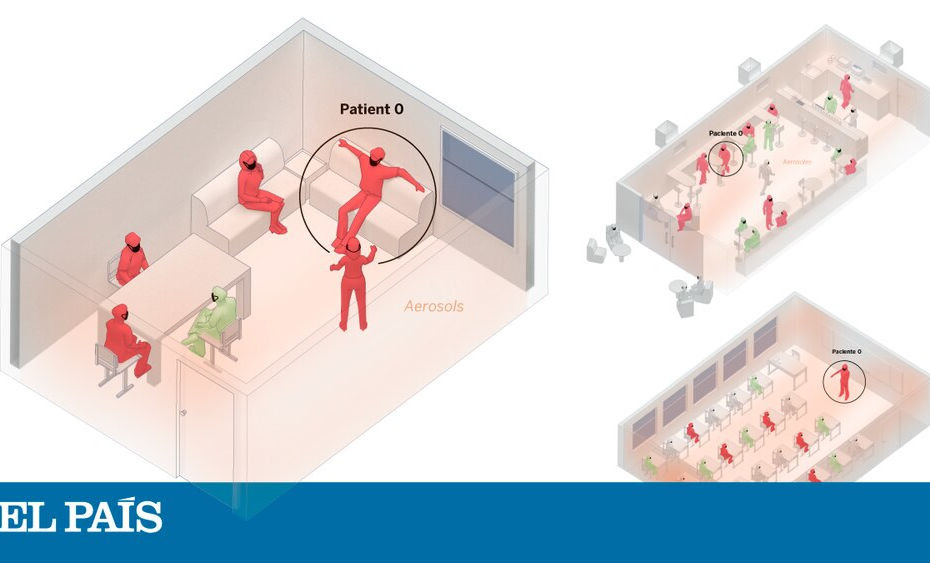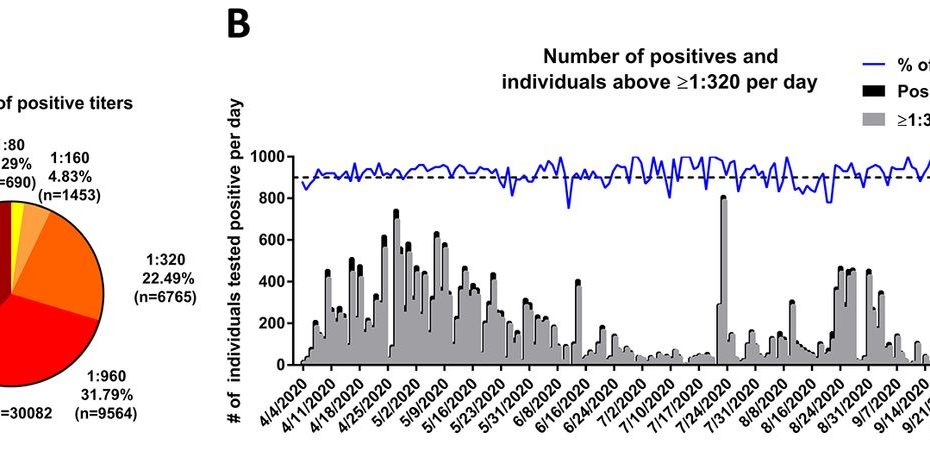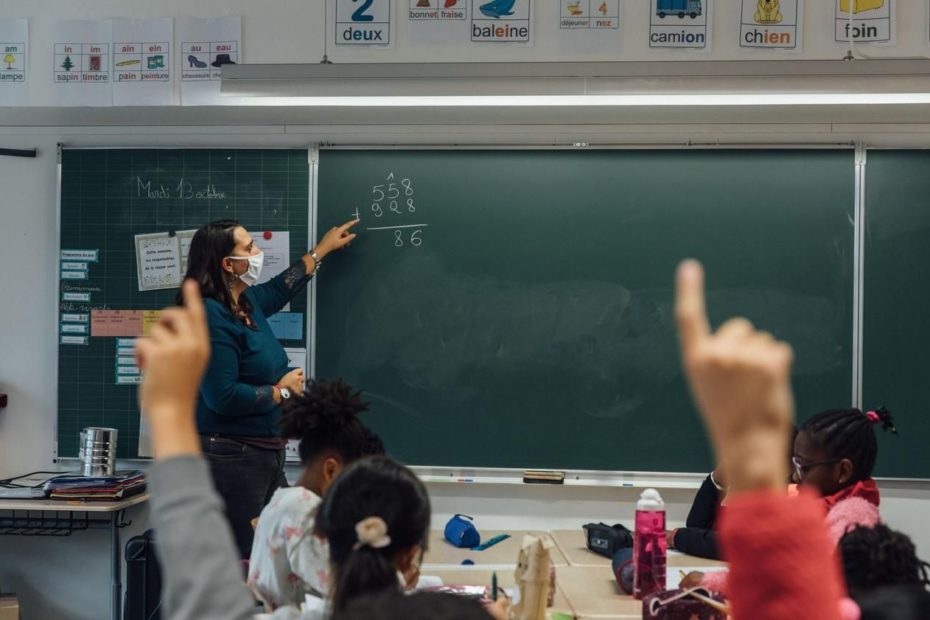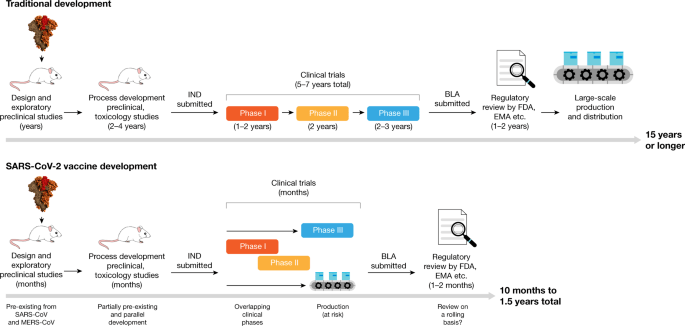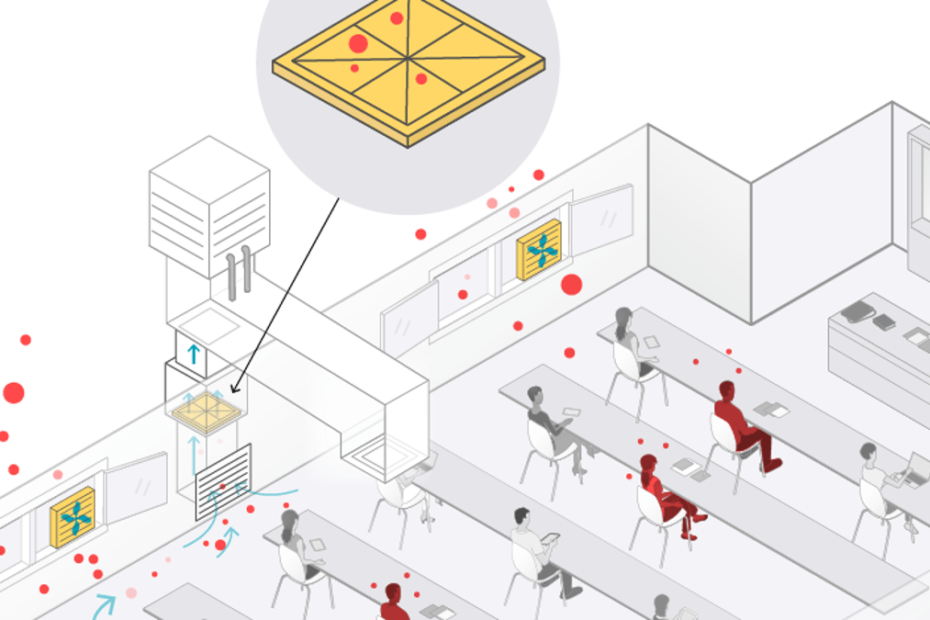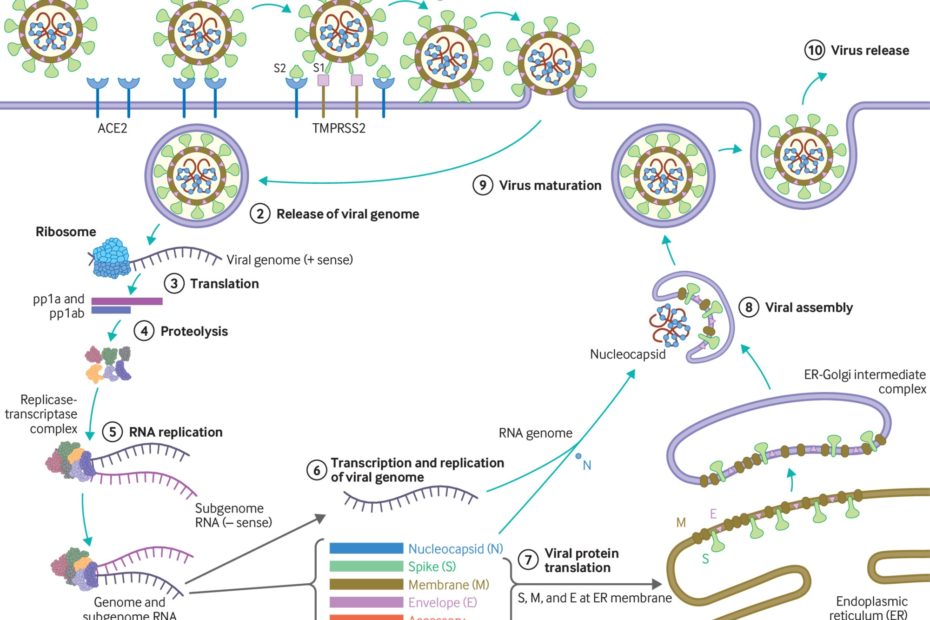Aerosol transmission of Covid-19: A room, a bar and a classroom: how the coronavirus is spread through the air | Society | EL PAÍS in English
The risk of contagion is highest in indoor spaces but can be reduced by applying all available measures to combat infection via aerosols. Here is an overview of the likelihood of infection in three everyday scenarios, based on the safety measures used and the length of exposure Scrolling 1 Six people get together in a private home, one of whom is infected. Some 31% of coronavirus outbreaks recorded in Spain are caused by this kind of gathering, mainly between family and friends. Irrespective of whether safe distances are maintained, if the six people spend four hours together talking loudly, without… Lire la suite »Aerosol transmission of Covid-19: A room, a bar and a classroom: how the coronavirus is spread through the air | Society | EL PAÍS in English
